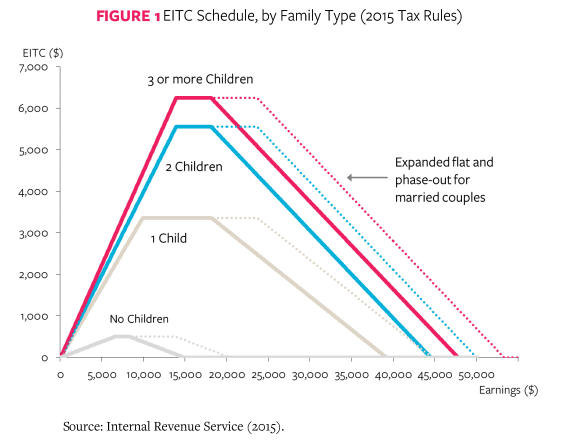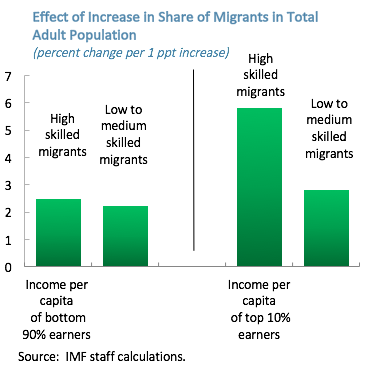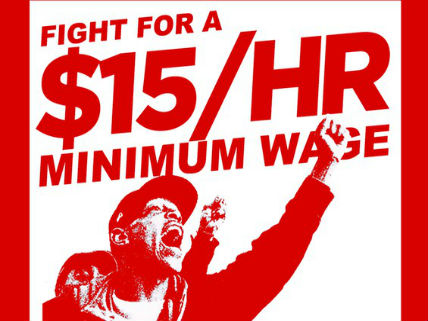
According to a 2015 study,
Drug overdoses are the leading cause of death from injuries in the United States today, exceeding deaths from suicide, gunshots and motor vehicle accidents (Murphy et al., 2013). They are also a prime contributor to the recent rise in mortality among middle-aged white Americans (Case and Deaton 2015). In 2010, 16,651 deaths were caused by a prescription opioid overdose, representing nearly 60% of all drug overdose deaths, and exceeding overdose deaths from heroin and cocaine combined (Jones, Mack and Paulozzi, 2013). While a modest decline in opioid overdose deaths has occurred since 2012, more than 16,000 lives are lost annually to prescription opioids (NCHS, 2014).
These numbers are the result of a dramatic rise in morbidity and mortality associated with prescription opioid abuse over the past two decades. The number of fatal poisonings due to prescription pain medications quadrupled between 1999 and 2010. Over the same period, the distribution of opioid pain medications also quadrupled, demonstrating a parallel rise between the distribution of opioid pain medication and its abuse nationally (CDC, 2011). Treatment admissions grew at an even faster rate, increasing nearly six-fold between 1999 and 2009 (CDC, 2011b). Opioid-related emergency department (ED) visits more than doubled from 21.6 per 100,000 in 2004 to 54.9 per 100,000 in 2011, for a total of 1.24 million ED visits involving nonmedical use of pharmaceuticals and pain relievers in 2011 (SAMHSA, 2013a). It is these trends that led the Centers for Disease Control to deem the misuse of prescription opioids in the United States an “epidemic” (pg. 2).
The researchers conclude,
Considerable attention has been paid in the literature to the potential unintended consequences of medical marijuana laws, with people examining impacts of these policies on youth initiation, recreational marijuana use and abuse as well as drunk driving (Wen et al., 2015; Choi, 2014; Lynne-Landsman et al., 2013; Anderson, Hanson and Rees, 2012 & 2013; Pacula et al., 2013). In this paper we consider a potential unintended benefit of these laws: a reduction in the misuse of prescription opiates.
Our results are intriguing in that we find fairly strong and consistent evidence using difference-in-differences, event study, and synthetic control group methods that states providing legal access to marijuana through dispensaries experience lower treatment admissions for addiction to pain medications. We provide complementary evidence that dispensary provisions also reduce deaths due to opioid overdoses. We estimate even larger effects in states that have both legally protected and active dispensaries.
…The fact that opioid harms decline in response to medical marijuana dispensaries raises some interesting questions as to whether marijuana liberalization may be beneficial for public health. Marijuana is a far less addictive substance than opioids and the potential for overdosing is nearly zero (Hall and Pacula, 2003). However, it remains unclear from our current analysis whether the findings we observe are short term or persist. In addition, we ultimately need to weigh any potential indirect benefits from medical marijuana dispensary provisions in terms of its implied reductions in opiate misuse (or other positive outcomes) against any potential negative impacts of these provisions on other factors, such as tobacco use and drugged driving. At a minimum, however, our results suggest a potential overlooked positive effect of dispensary enabling medical marijuana laws (pgs. 21-22).










 Estimates document that the bombing of South Vietnamese population centres backfired, leading more Vietnamese to participate in Viet Cong (VC) military and political activities and increasing VC attacks on troops and civilians. The initial deterioration in security entered the next quarter’s security score, increasing the probability of future bombing and hence leading to sustained increases in VC activity. Moreover, while US intervention aimed to build a strong state and engaged civic society that would provide a bulwark against communism after US withdrawal, bombing instead reduced the probability that the local government collected taxes, decreased access to primary schools, and reduced participation in civic organisations. To the extent that spillover effects of bombing on other locations exist, the impacts tend to go in the same direction as the effects on the locations that were bombed.
Estimates document that the bombing of South Vietnamese population centres backfired, leading more Vietnamese to participate in Viet Cong (VC) military and political activities and increasing VC attacks on troops and civilians. The initial deterioration in security entered the next quarter’s security score, increasing the probability of future bombing and hence leading to sustained increases in VC activity. Moreover, while US intervention aimed to build a strong state and engaged civic society that would provide a bulwark against communism after US withdrawal, bombing instead reduced the probability that the local government collected taxes, decreased access to primary schools, and reduced participation in civic organisations. To the extent that spillover effects of bombing on other locations exist, the impacts tend to go in the same direction as the effects on the locations that were bombed. John Horton of New York University
John Horton of New York University  I don’t think I’ve ever mentioned this before on here, but, as some of you may have guessed, I go to therapy. I haven’t as of late for various reasons, but for a solid two years I went pretty much every other week. My interest in
I don’t think I’ve ever mentioned this before on here, but, as some of you may have guessed, I go to therapy. I haven’t as of late for various reasons, but for a solid two years I went pretty much every other week. My interest in